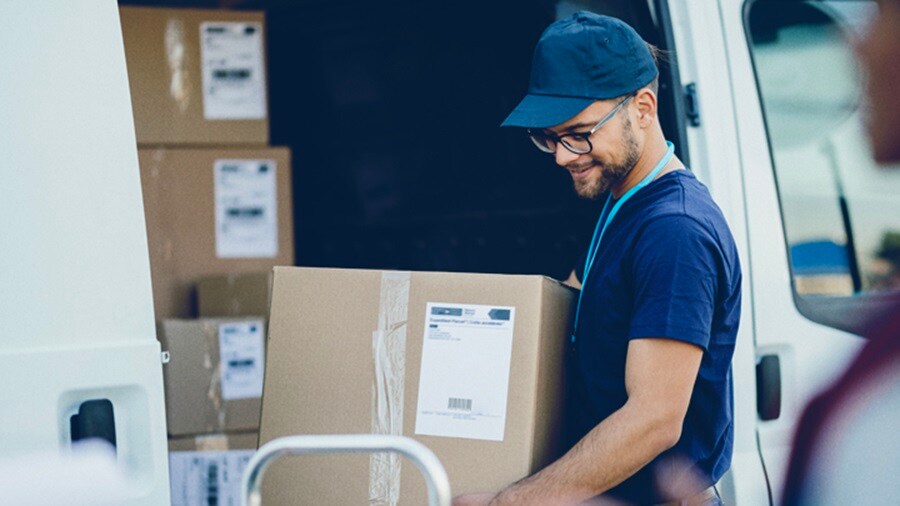Maya is watching a fashion vlog.
She loves a little floral dress from your new collection.
She rushes to your website, finds her size, adds to cart, and… click!
What happens next is invisible to Maya, but for your business, it's everything.
The opportunity in direct-to-consumer (D2C)
If you can deliver to Maya’s doorstep fast, say in less than 24 or 48 hours, she’s going to be happy. Even more so, if you give her the option to pick up her parcel at a place of her choice, at a time of her choice. The cherry on top, of course, is the scent of perfume and the personal note she receives from your brand when she opens your beautiful box.
But what if Maya discovers that the dress doesn’t fit?
You can delight her just the same if you make returns possible at the tap of a button and as easy as exchanges at your store – handover one piece and get another, all at once. What’s more, if you can refund her money as soon as possible, not only will she return to shop, she's likely to recommend you're store to her friends..
Are you ready for D2C?
The advantages of D2C are undeniable. The more you know about the person you’re selling to – what their wish lists are and what they’re buying – the better the experience you can provide them. Additionally, D2C protects your margins and offers the opportunity to scale your business. However, the explosion of e-commerce brought on by the pandemic is a different ball game? And the question becomes, how do you exceed Maya’s expectations time and time again?

Boardrooms are banking on logistics
With digital advertising uncertainty driving customer acquisition costs up, businesses are increasingly focusing on customer loyalty. They now want to capitalise on the value and word of mouth superior e-commerce experiences bring, and to that end, are looking at fulfilment as a brand differentiator. To delight consumers who demand fast, free, contactless deliveries, they have begun to invest in technology, but they know that the only way to close the gap between customer expectation and customer experience is through an integrated approach to logistics.
Logistics solutions from factory to sofa
European brands need to be prepared for the future, whether they can predict it or not. The first and last-mile disruptions caused by the pandemic, the rapid consumer shift to e-commerce, delays at British docks due to Brexit and the Suez Canal blockage have all highlighted the need for supply chain agility and flexibility. To fulfil these needs, businesses are looking for a single logistics partner who can help them orchestrate their supply chain globally – from the factory to the customer's closet.
Successful e-commerce teams are working on key aspects of their supply chain to ensure that their logistics moves in a direction that creates delightful online customer experiences.
This is the first in a series of blogs on the future of e-commerce supply chains. To get access to our upcoming blogs, please fill in the form below.
Thank you!
Nous sommes désolés, mais un problème est survenu lors de l’envoi de votre demande de contact.
Veuillez vérifier les champs du formulaire et vous assurer que toutes les informations requises sont fournies correctement. Si le problème persiste, veuillez contacter notre équipe d’assistance pour obtenir de l’aide.
This is the first in a series of blogs on the future of e-commerce supply chains. To get access to our upcoming blogs, please fill in the form below.

Quel que soit votre besoin, nous sommes là pour vous aider
I agree to receive logistics related news and marketing updates by email, phone, messaging services (e.g. WhatsApp) and other digital platforms, including but not limited to social media (e.g., LinkedIn) from A. P. Moller-Maersk and its affiliated companies (see latest company overview). I understand that I can opt out of such Maersk communications at any time by clicking the unsubscribe link. To see how we use your personal data, please read our Privacy Notification.
By completing this form, you confirm that you agree to the use of your personal data by Maersk as described in our Privacy Notification.
